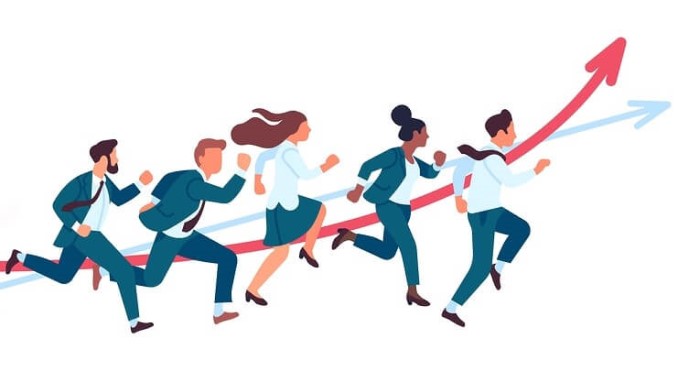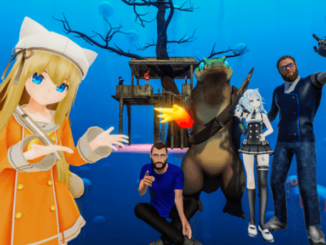
Ludogogy has entered into an agreement with Gamification Journal, based in Seoul, South Korea, for the mutual exchange of articles. This is the fourteenth of those articles we are publishing and it was in exchange for David Monreal Becerra’s article on unlearning what play should be.
Motivation Theory
Motivation is a basic research area, which is given much importance in many social science fields including psychology. In a complex modern society, the ‘how-to’ of helping people to become immersed in an activity, has to be carefully considered.
In traditional motivation theory, sources of motivation are divided into extrinsic motivation and intrinsic motivation.
Extrinsic motivation means that the reasons people are driven to make efforts are related to external rewards, recognition, or pressure. So, behaviour is changed, because of things such as monetary payment, praise, recognition, reward, or punishment, or gain or loss of status or level. This is ‘carrot or stick’ motivation, depending on whether it drives towards or away from something.
On the other hand, intrinsic motivation means that people make efforts because of internal drives. These might include value or meaning, passion, curiosity or pleasure, fun, growth, and so on, and seeking these will drive behaviour. The phrase ‘Self-development’, is related to this concept.
The overall consensus of modern motivation theorists is, that in the past, in simple & repeated production / consumption environments, that ‘carrot and stick’ based on extrinsic motivation was effective in performance improvement. However, in the current environment, where there is a greater requirement for creative results, this will be counter-productive. Enhancing intrinsic motivation will be more effective. This has been shown in psychological experiments.
Gamification
Gamification is composed of ‘game’ and ‘-fication’, meaning that work can be created as gameplay, or that gameplay can be created as work. It’s a convergent concept. The most simple and representative definition of gamification is ‘using the game elements for users’ participation and motivation enhancement in non-game areas’. In other words, game elements such as points, badges, leaderboard, performance graphs, levels, and quest design, avatar, competition, randomness, and story in commercial or public non-game areas can be utilized for enhancing participation and motivation.

Motivation can be enhanced by gamification in what kind of fields?
From my experience, gamification can be applied in almost every ‘work’ field for participation and motivation enhancement. It’s related to learning, problem-solving, participation and flow, change, performance improvement, communication, and so on.
- Learning –School education curriculum, Adult education
- Problem-solving – Solving chronic (social) issues, Creative ideas
- Participation and flow – Participation/feedback, flow
- Change – Change of thought and behavior, Continuity of changed behavior
- Performance improvement –Productivity, Speed, Quality of product or service
- Communication – Internal communication, External PR/Advertisement
Gamification from the perspective of motivation theory
If gamification is added in these kinds of non-game areas, ‘work’ is made into something fun and people are motivated. However, there is no guarantee that this will lead to sustained, and sustainable, passion and flow to the extent that we want, because we become easily accustomed to ‘fun’ and ultimately feel bored. Because of this, we have to think about gamification in terms of enhancing the ‘intrinsic motivation’ which will maintain passion. This is what the motivation theorists put forward.
Gamification considerations for enhancing intrinsic motivation
Any game elements which bring about fun and provide stimulus can be used in gamification But for sustainable passion and flow, the following design factors have to be deeply considered.
- Meaningful value and mission: Clarifying the value that is found in the individual and the team and in the mission of carrying out the (target) gamified job well.
- Story: Creating the appropriate narrative structure for the real-life or game-world story, as well as the gamified struction for the task or mission.
- Objective and challenge: Allowing individuals and teams to set their own performance targets, which will be appropriately challenging, including competition between players.
- Feedback: Sufficient feedback and encouragement for intrinsic passion and meaning.
- Comprehensive approach in change management: Structuring the gamified work for supporting and enhancing the real environment. Design which complements the real work and activity process (out-of-game) and the principles of the organization and its operation.
- End-game: Designing the process of continuous improvement and development after the game.
In conclusion, if the approaches from the second box are carefully designed in addition to approaches from the first box, gamification motivation will be much more complete.

- Motivation and Gamification - 28th February 2023





Be the first to comment